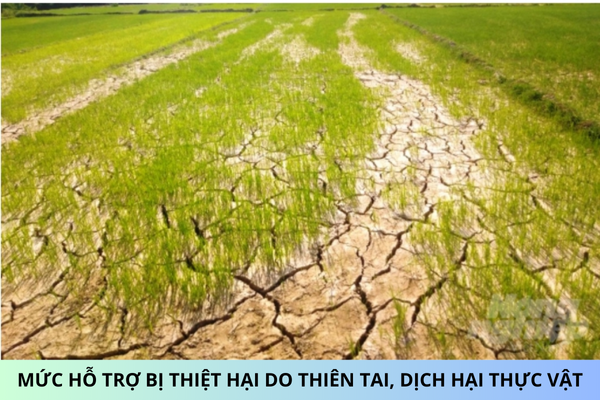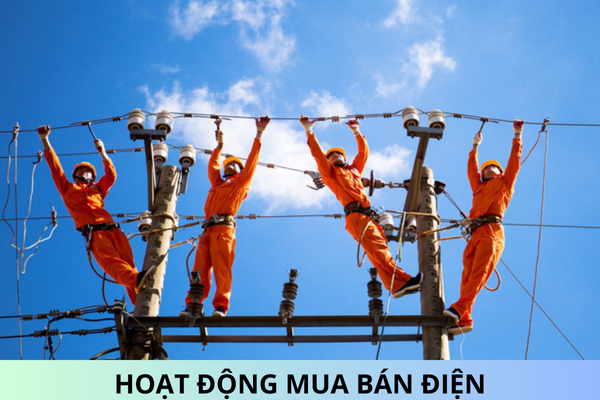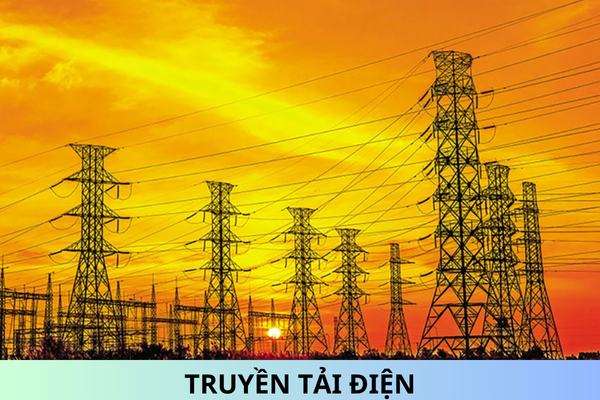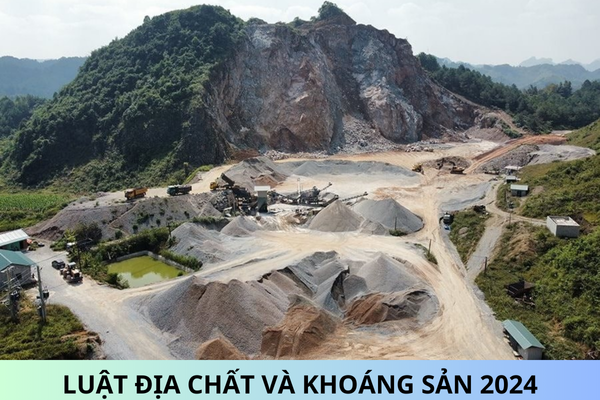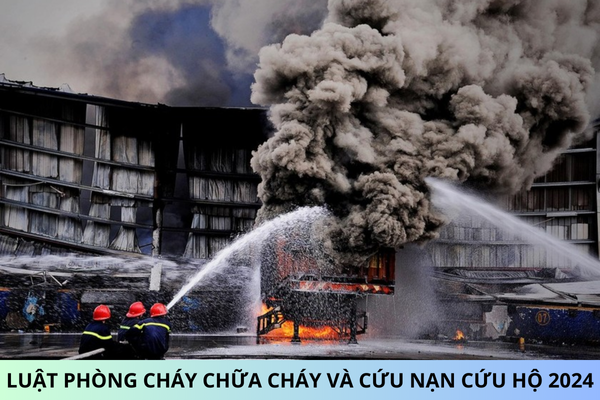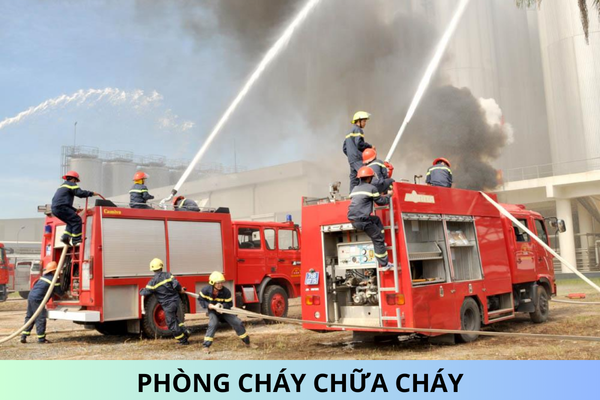Division of Forests Based on Origin and Site Conditions
In Articles 4 and 5 of Circular 33/2018/TT-BNNPTNT on forest investigation, inventory, and monitoring of forest changes, effective January 1, 2019, the classification of forests according to their origin and site conditions is stipulated as follows:
Classification of forests by origin:
Natural forests, including:
- Primary forests;
- Secondary forests, including: recovering secondary forests and secondary forests after exploitation.
Planted forests classified by species, age class, including:
- Newly planted forests on non-forest land;
- Replanted forests;
- Naturally regenerating forests from planted forests after logging.
Classification of forests by site conditions:
Soil mountain forests, including: forests on hills and soil mountains.
Rock mountain forests, including: forests on rock mountains or areas with exposed rock surfaces with little or no soil.
Regularly or periodically waterlogged forests, including:
- Mangrove forests, including: forests along the seashore and river mouths regularly or periodically flooded with saline tides;
- Acid sulfate waterlogged forests, including: forest areas on acid waterlogged or brackish waterlogged lands;
- Freshwater regularly or periodically waterlogged forests.
Sandy land forests, including: forests on sand dunes and sandbanks.
The above details the classification of forests by origin and site conditions.
Sincerely!
